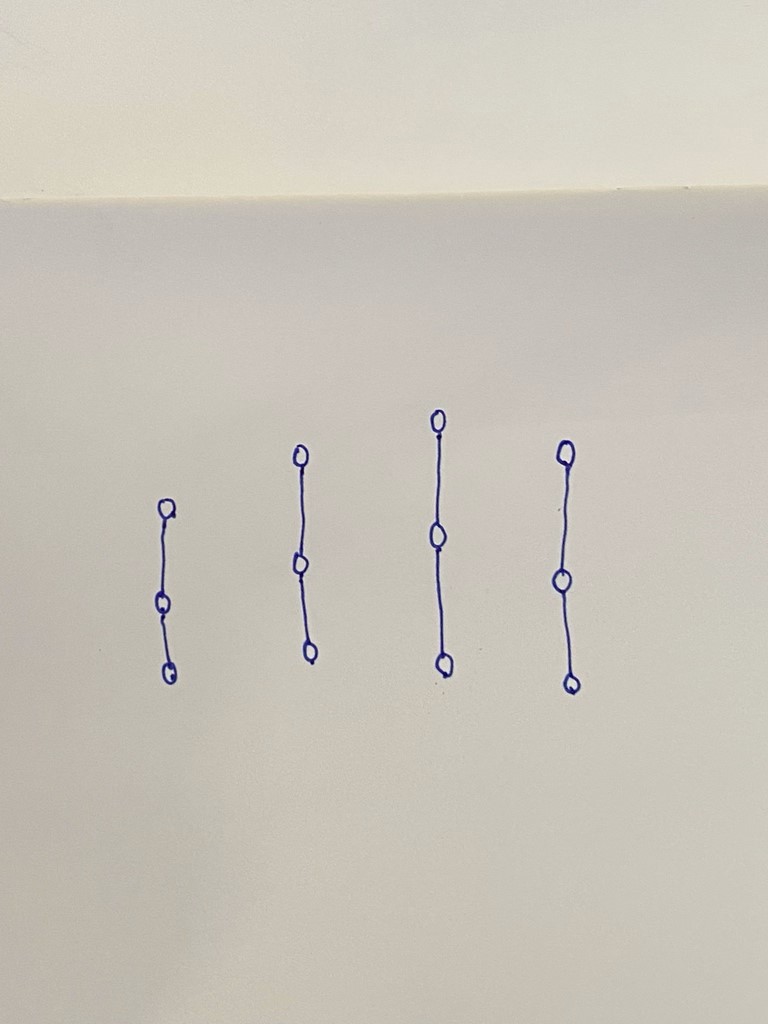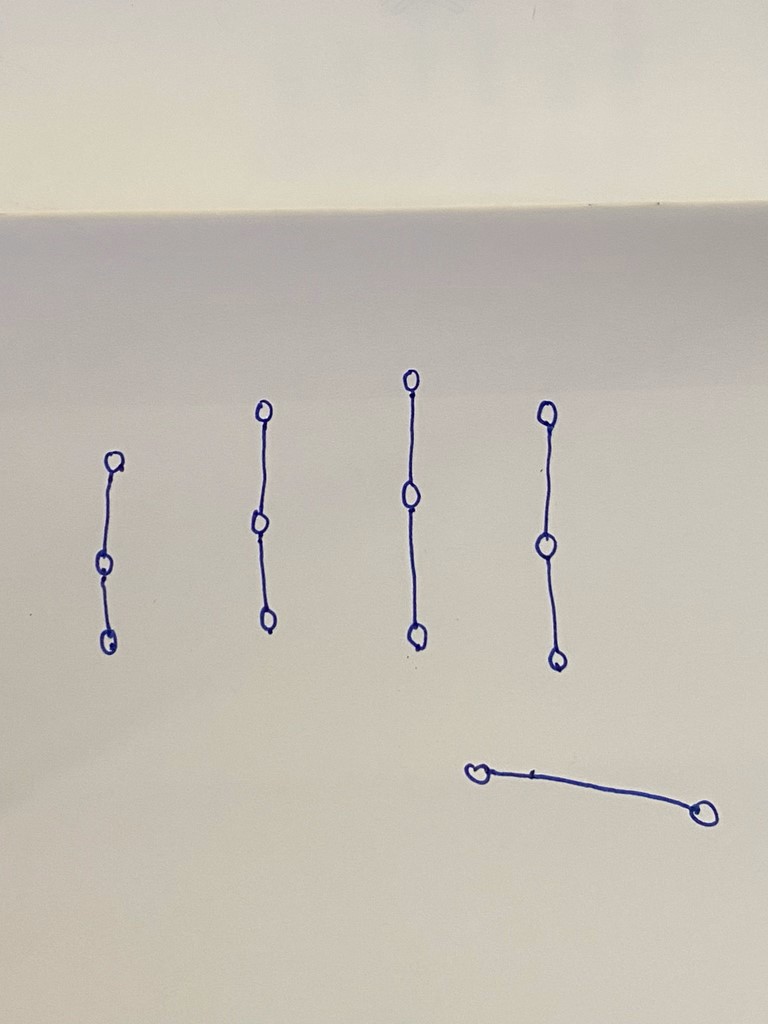Your cart is currently empty!

What is a columnar staggered split keyboard
Often shortened to Ergo or Ergonomic Split Keyboard, these keyboards have a very stark difference to the traditional row staggered keyboards that we’re used to. An Ergo Split Keyboard’s design strive to create a healthy and productive typing experience with minimal compromise, leaving no room for convenience of manufacture or maintenance of the equipment, as afforded by the designs of the traditional Row Staggered Keyboards.
Do note that these claims are not corroborated by any research or whitepaper that I know of. These are all claims of the community from my spending time on the internet learning about the designs and its users, however, these benefits are widely reported as effective by those who use it.
If you feel any physical discomfort in using a split keyboard, please stop using it immediately.
To understand this keyboard, we will go through each of the features that they have and their benefits to a user’s typing posture and productivity.
Full Split
The most obvious feature is the full split, otherwise called just a “split”, because keyboard designers started incorporating a hand separation gap in traditional keyboards and calling them “split”, a distinction must be made between the two different implementations.
The biggest benefit of the full split is that it discourages hunching over a keyboard. A wider typing stance allows you to rest your arms in a more neutral position, with reduced muscle flexion in your arms and back that is required in a traditional design.
If you look into proper sitting posture you will find that it recommends that you straighten your back, put your chest out, and tuck your shoulder blades in, you will also find that a wide split position allows you to rest in this recommended sitting posture effortlessly, as opposed to your arms tucked in a traditional design encouraging a hunched sitting posture.
Try this
Sit with your back straight, feet flat on the ground, slightly puff out your chest, and tuck in your shoulder blades. Now rest your hands on your desk slightly below shoulder width apart, emulating a split keyboard arrangement. While still sitting with good posture bring your hands together, almost touching your thumbs together and emulating a traditional keyboard. Which hand position do you feel wants to make you lose your proper sitting posture? Which hand position would likely remind you of sitting properly?
Columnar Stagger
Anatomically, and commonly, fingers flex and extend towards and away from the wrist in a straight line. The Columnar Stagger takes advantage of this information to reduce any unnecessary motion.
Traditional row stagger will force you to slightly move your hand position to reach keys in the same column, which introduces small unnecessary movements. While this could be just the fingers, if you observe closely its effects reach down the elbow to produce the lateral motions the hand needs to reach row staggered keys.
Arranging keys in straight/ortholinear columns will reduce this lateral motion. And the stagger moves the homerow keys closer to the tips of your fingers in a clawed/resting state.
Try this
On a piece of paper rest your left or right hand as if resting it on a keyboard’s home row (row 3), now draw dots under each finger. Imagine a keyboard under your fingers and put your fingers on row 4, draw dots again, then on row 2 and draw dots again. Connect the dots per finger. How curved are these lines? Do these lines look like they would match the columns layout on a traditional keyboard?

Thumb Cluster
The thumb differs from the fingers in that its motion does not go away and towards your wrist, instead it fans in and out at an angle from your wrist. The Thumb Cluster design, at least for the keyboards we prescribe, follow this limited and unique range of motion. This also means, that we can utilize the thumb more apart from just using the space bar.
Try this
Trace the motion of your thumb on a piece of paper, making sure of indicating how far in under the palm (flexion) it can go and how far out (extension) without any uncomfortable or awkward feeling. How many MX keycaps can you fit in there? What shape are you getting?
Bonus: Combine this drawing and your drawing for columnar stagger, you’ll get a familiar shape.

Low Key Count and Layers
While the other features may not cause immediate apprehension on the design, this is usually the make or break feature that makes people turn away from or migrate to an Ergonomic Split Keyboard. How can I use that it’s missing keys? I have to press a modifier to type numbers? Is the often exclamation. This feature, understandably, is the most controversial/divisive as it is a this-for-that type of design compromise.
The rationale is straight forward, it is more comfortable to hold a modifier on the thumb to access other keys in and around the homerow, than to lift your entire hand, and use your arm, elbow and even shoulder muscles to reach for keys far from the home row.
Try this
Press F6 or 6 on your keyboard. Now with your fingers on homerow, hold spacebar with either the left or right thumb, and press down on the key under your index finger. This can be how easy it is to type a number or execute F6. Which one feels like less of your body is involved?
Splay
Splay is when the columns flare out from the bottom. While the Columnar Stagger recognizes that fingers go straight towards and away from the wrist, Splay recognizes that while fingers move straight, they are not parallel to each other and are each at a slight angle to the wrist. The splay accounts for this angle and angles columns along the path of each finger.
Try this
Observe your drawing from the Columnar Stagger section, note that the vertical lines are all flaring away from the bottom, increasing in distance to each other at the top.
Note: none of our keyboards have this yet, but we have our own proprietary designs that will have this feature
Sculpt
The sculpt recognizes that the tips of fingers draw a semi-circle anchored an imaginary pivot point far above the hand. This sculp then introduces such a curve to the keywell so that when fingers extend or flex the keycaps are always at a close distance to the tip of the finger.
Try this
On your keyboard, observe the distance and air time your finger tips have to travel to touch keycaps on rows 2 and 4 as compared to your home row (row 3).
Note: none of our keyboards have this feature yet, but we will soon offer Dactyl-like builds
Others
There are more features to Ergonomic Split Keyboards, like what their designs afford you on your desk, i.e. space and better pointing device placement. But the ones outlined above are the most notable. There are other benefits as well but we will keep this article short. If you’d like to know more about these keyboards, give us a chat.